Search
Remove Ads
Advertisement
Summary 
Loading AI-generated summary based on World History Encyclopedia articles ...
Search Results
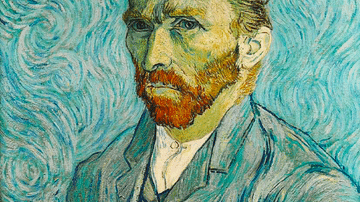
Definition
Vincent van Gogh
Vincent van Gogh (1853-1890) was a Dutch post-impressionist artist whose paintings are amongst the most popular and recognizable in history. His dramatic brushwork, exuberant palette, and mastery at capturing moments in time and light revolutionised...

Image Gallery
Vincent van Gogh: A Gallery of 30 Paintings
In this gallery, we showcase 30 paintings by Vincent van Gogh (1853-1890), the Dutch post-impressionist painter whose use of form and colour changed the world of art forever. The selection here is presented in chronological sequence to show...

Definition
Spanish Main
The Spanish Main refers, in its widest sense, to the Spanish Empire in the Americas from Florida in the north to the northern coast of Brazil in the south, including the Caribbean. The term was initially more limited and referred only to...

Definition
Jan van Eyck
Jan van Eyck (c. 1390-1441 CE) was a Netherlandish Renaissance painter who was famous in his own lifetime for his mastery of oil painting, colouring, naturalistic scenes, and eye for detail. Amongst his masterpieces are the 1432 CE Ghent...
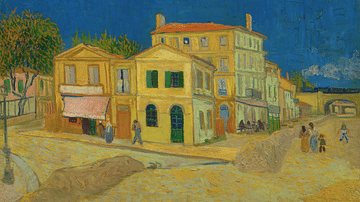
Image
The Yellow House by van Gogh
An 1888 oil on canvas painting, The Yellow House, by Vincent van Gogh (1853-90), the Dutch post-impressionist artist. Painted in September, van Gogh rented rooms here – the part with the green shutters. Van Gogh's home holds the centre of...
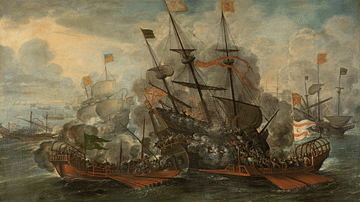
Definition
Spanish Treasure Fleets
From the 16th to 18th centuries, two treasure fleets sailed each year, one to Mexico and the other to Central America, then part of the Spanish Empire. There they collected precious eastern goods and the riches of the Americas, including...
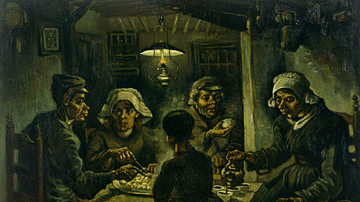
Image
The Potato Eaters by van Gogh
An 1885 oil on canvas painting, The Potato Eaters, by Vincent van Gogh (1853-90), the Dutch post-impressionist artist. Painted in Neunen, Netherlands. Van Gogh created this work by combining various earlier studies of individuals, hence their...
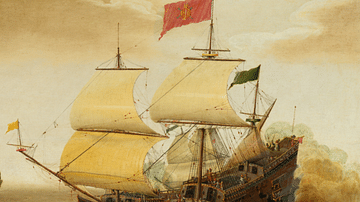
Definition
Spanish Galleon
The Spanish galleon (Spanish: galeón, nao, or navío) was a particularly large type of galleon used for both carrying cargo and as a warship armed with up to 60 cannons. Used from the mid-16th century until the early 19th century, Spanish...
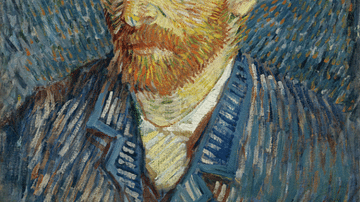
Image
Self-portrait with Grey Felt Hat by van Gogh
An 1887 oil on canvas painting, Self-portrait with Grey Felt Hat, by Vincent van Gogh (1853-90), the Dutch post-impressionist artist. Painted in September-October and showing the influence of the Pontillists Vincent had met in Paris. The...
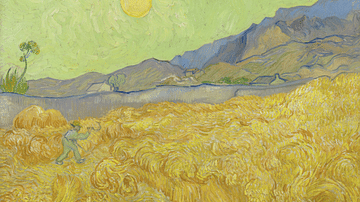
Image
Wheatfield with a Reaper by van Gogh
An 1889 oil on canvas painting, Wheatfield with a Reaper, by Vincent van Gogh (1853-90), the Dutch post-impressionist artist. Painted in September in Saint-Rémy-de-Provence in southern France, plein air, and part of a series of the same scenes...